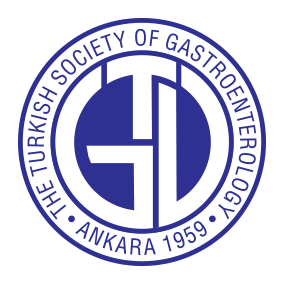Background/Aims: Patients with hepatitis B–related decompensated cirrhosis may achieve recompensation. The alanine aminotransferase (ALT) to quantitative hepatitis B surface antigen (qHBsAg) ratio is a novel predictor for hepatitis B surface antigen (HBsAg) seroclearance. This study evaluates its utility in predicting recompensation based on Baveno VII criteria.
Materials and Methods: Decompensated hepatitis B–related cirrhosis patients were recruited and received antiviral treatment for at least 12 months. Classification of these participants into the decompensated and recompensated groups was established according to the Baveno VII criteria. Logistic regression and subgroup analysis assessed the correlation between the ratio of ALT to qHBsAg at baseline and cirrhotic recompensation.
Results: A total of 136 patients were involved in this study; 80 (58.8%) patients achieved recompensation. Univariate analysis associated recompensation with sex, age, ALT, aspartate aminotransferase, hepatitis B virus DNA (HBV DNA), qHBsAg, and ALT/logqHBsAg. Multivariate analysis confirmed that higher ALT/logqHBsAg independently predicted greater recompensation likelihood (odds ratio [OR] = 1.01, 95% confidence interval [CI] = 1.00~1.02; P = .027). Categorically, ALT/logqHBsAg > 23.48 significantly increased recompensation probability (OR = 3.21, 95% CI = 1.31~7.90, P = .011). Subgroup analyses across 7 pre-specified subgroups (sex, age, hepatitis B e antigen, HBV DNA, Child–Pugh grade, Model for End-Stage Liver Disease score, qHBsAg) demonstrated consistent relationships. Enhanced predictive power was observed in Child–Pugh class C versus classes A/B and in males versus females.
Conclusion: Elevated baseline ALT/logqHBsAg predicts a higher likelihood of hepatic recompensation in hepatitis B–related cirrhosis under Baveno VII criteria.
Cite this article as: Xu Y, Zhang Y, Jiao S, Lin C, Ye Q, Wang Y. The correlation between the ratio of ALT to qHBsAg and the recompensation of HBV-related cirrhosis patients: A retrospective cohort study based on the Baveno VII criteria. Turk J Gastroenterol. 2025;36(11):787-795.


.jpg)

.png)
.png)